Ha'penny Bridge

The Ha'penny Bridge is one of Dublin’s most beloved and instantly recognisable landmarks, arching gracefully over the River Liffey since 1816. Originally known as the Wellington Bridge, it gained its nickname from the half-penny toll that pedestrians once paid to cross. Made of cast iron and painted white, the elegant pedestrian bridge was the first of its kind in Dublin and has become a symbol of the city’s charm and heritage. Linking the north and south sides of the city, it connects Liffey Street to Temple Bar, one of Dublin’s most vibrant cultural quarters. The bridge offers picturesque views of the river and is a popular spot for photographs, romantic strolls, and daily commutes. Despite changes in the city over two centuries, the Ha'penny Bridge has remained a constant, cherished by locals and visitors alike for its historic character and enduring beauty. A walk across this iconic span is a must for anyone exploring Dublin’s heart.
Dublin IrelandThe Ha’penny Bridge, officially known as the Liffey Bridge, is a historic pedestrian bridge spanning the River Liffey in central Dublin. Built in 1816, it connects Ormond Quay on the north side with Wellington Quay and Temple Bar on the south, making it a vital and picturesque crossing point in the city. The bridge’s name comes from the original half-penny toll charged to cross, a fee abolished in 1919, but the nickname remains deeply rooted in Dublin’s culture. To find the Ha’penny Bridge, head towards O’Connell Street or Temple Bar—two of Dublin’s most famous landmarks. The bridge is just a short walk from both, linking the bustling north side shopping district with the vibrant nightlife and cultural quarter of Temple Bar. Its elegant white iron arch is easily spotted from the quays and is a popular photo stop for visitors. Nearby, you’ll find major attractions such as the GPO, The Spire, Trinity College, Dublin Castle, the Molly Malone Statue, and the Chester Beatty Library, all within a ten-minute walk. The Ha’penny Bridge remains one of Dublin’s most iconic and beloved landmarks, serving as both a practical crossing and a symbol of the city’s charm and history.
 Guinness Storehouse
Dublin
Guinness Storehouse
Dublin
 National Museum of Ireland Archaeology
Dublin
National Museum of Ireland Archaeology
Dublin
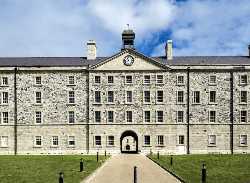 National Museum of Ireland Decorative Arts and History
Dublin
National Museum of Ireland Decorative Arts and History
Dublin
 National Museum of Ireland Natural History
Dublin
National Museum of Ireland Natural History
Dublin
 The Little Museum of Dublin
Dublin
The Little Museum of Dublin
Dublin
 Irish Whiskey Museum
Dublin
Irish Whiskey Museum
Dublin
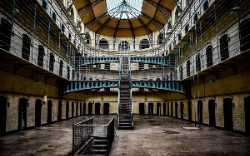 Kilmainham Gaol
Dublin
Kilmainham Gaol
Dublin
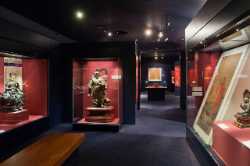 Chester Beatty
Dublin
Chester Beatty
Dublin
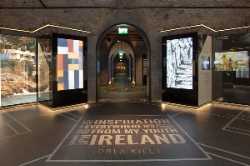 EPIC, the Irish Emigration Museum
Dublin
EPIC, the Irish Emigration Museum
Dublin
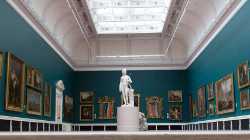 The National Gallery of Ireland
Dublin
The National Gallery of Ireland
Dublin
 Hugh Lane Gallery
Dublin
Hugh Lane Gallery
Dublin
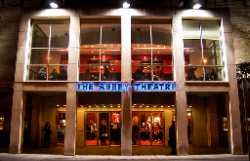 Abbey Theatre
Dublin
Abbey Theatre
Dublin
 National Concert Hall
Dublin
National Concert Hall
Dublin
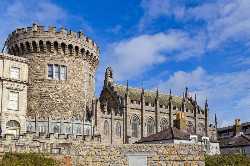 Dublin Castle
Dublin
Dublin Castle
Dublin
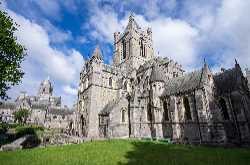 Christ Church Cathedral Dublin
Dublin
Christ Church Cathedral Dublin
Dublin
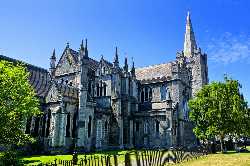 St Patrick's Cathedral Dublin
Dublin
St Patrick's Cathedral Dublin
Dublin
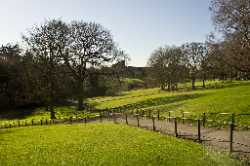 Phoenix Park
Dublin
Phoenix Park
Dublin
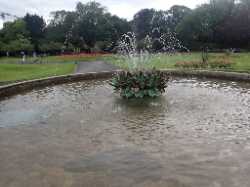 Saint Stephen's Green
Dublin
Saint Stephen's Green
Dublin
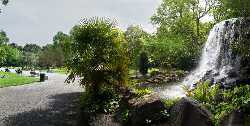 Iveagh Gardens
Dublin
Iveagh Gardens
Dublin
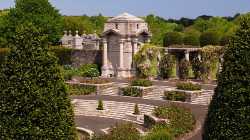 Irish National War Memorial Gardens
Dublin
Irish National War Memorial Gardens
Dublin
 Howth Market Dublin
Dublin
Howth Market Dublin
Dublin
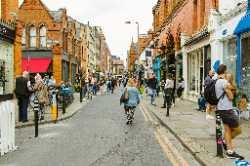 Drury Street Dublin
Dublin
Drury Street Dublin
Dublin
 Jameson Distillery Bow St
Dublin
Jameson Distillery Bow St
Dublin
 The Book of Kells Dublin
Dublin
The Book of Kells Dublin
Dublin
 Croke Park
Dublin
Croke Park
Dublin
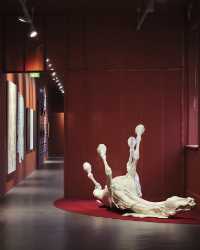 Irish Museum of Modern Art
Dublin
Irish Museum of Modern Art
Dublin
 Glasnevin Cemetery Museum
Dublin
Glasnevin Cemetery Museum
Dublin
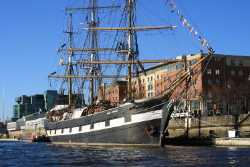 Jeanie Johnston Tall Ship & Famine Museum
Dublin
Jeanie Johnston Tall Ship & Famine Museum
Dublin
 The Irish Rock ‘N’ Roll Museum Experience
Dublin
The Irish Rock ‘N’ Roll Museum Experience
Dublin
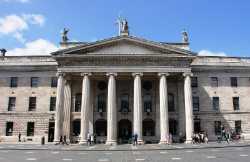 GPO Museum
Dublin
GPO Museum
Dublin
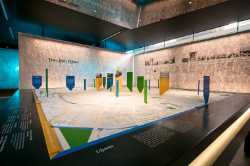 Museum of Literature Ireland
Dublin
Museum of Literature Ireland
Dublin
 Science Gallery Dublin
Dublin
Science Gallery Dublin
Dublin
 Kerlin Gallery
Dublin
Kerlin Gallery
Dublin
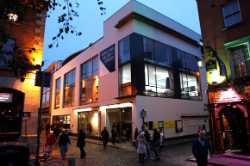 Temple Bar Gallery
Dublin
Temple Bar Gallery
Dublin
 Gallery of Photography Ireland
Dublin
Gallery of Photography Ireland
Dublin
 Project Arts Centre
Dublin
Project Arts Centre
Dublin
 The Molesworth Gallery
Dublin
The Molesworth Gallery
Dublin
 Oliver Sears Gallery
Dublin
Oliver Sears Gallery
Dublin
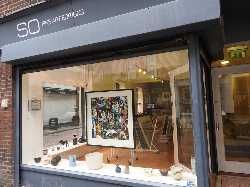 SO Fine Art Editions
Dublin
SO Fine Art Editions
Dublin
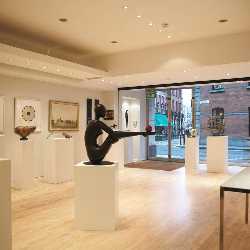 Solomon Fine Art
Dublin
Solomon Fine Art
Dublin
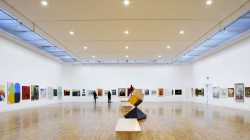 Royal Hibernian Academy
Dublin
Royal Hibernian Academy
Dublin
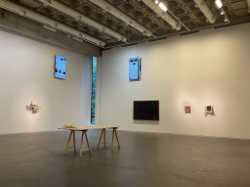 Douglas Hyde Gallery
Dublin
Douglas Hyde Gallery
Dublin
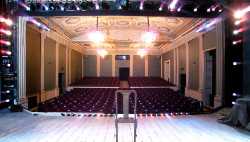 Gate Theatre
Dublin
Gate Theatre
Dublin
 Gaiety Theatre
Dublin
Gaiety Theatre
Dublin
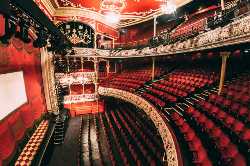 Olympia Theatre
Dublin
Olympia Theatre
Dublin
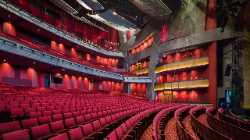 Bord Gáis Energy Theatre
Dublin
Bord Gáis Energy Theatre
Dublin
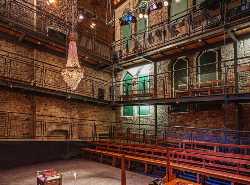 Smock Alley Theatre
Dublin
Smock Alley Theatre
Dublin
 Peacock Theatre
Dublin
Peacock Theatre
Dublin
 Liberty Hall Theatre
Dublin
Liberty Hall Theatre
Dublin
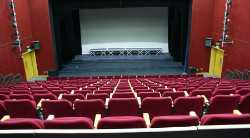 Civic Theatre
Dublin
Civic Theatre
Dublin
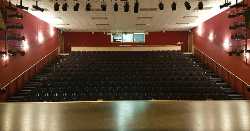 Draíocht Arts Centre
Dublin
Draíocht Arts Centre
Dublin
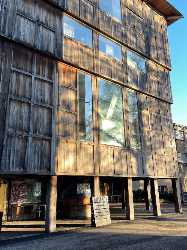 Samuel Beckett Theatre
Dublin
Samuel Beckett Theatre
Dublin
 Axis Ballymun
Dublin
Axis Ballymun
Dublin
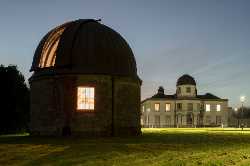 Dunsink Observatory
Dublin
Dunsink Observatory
Dublin